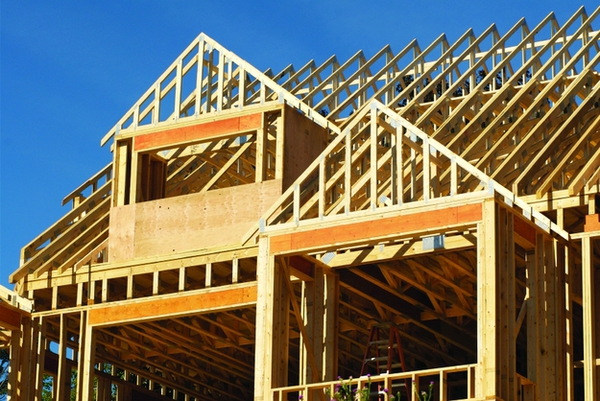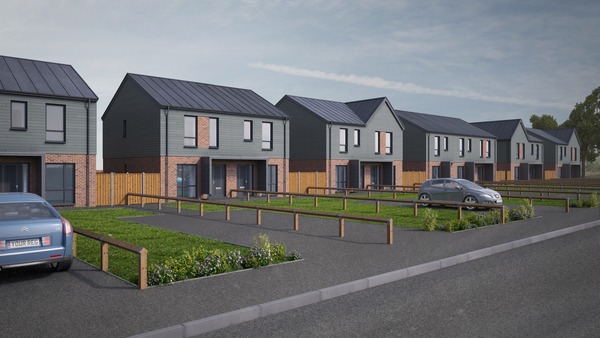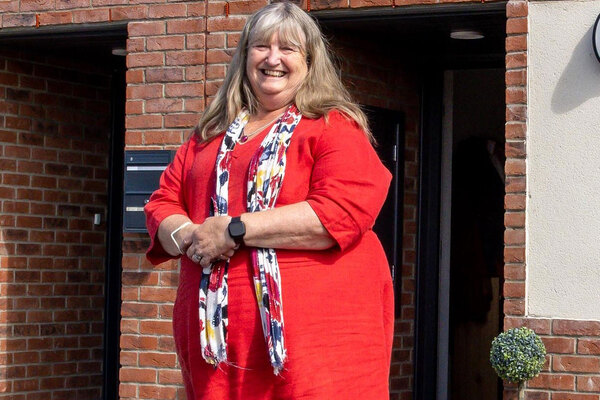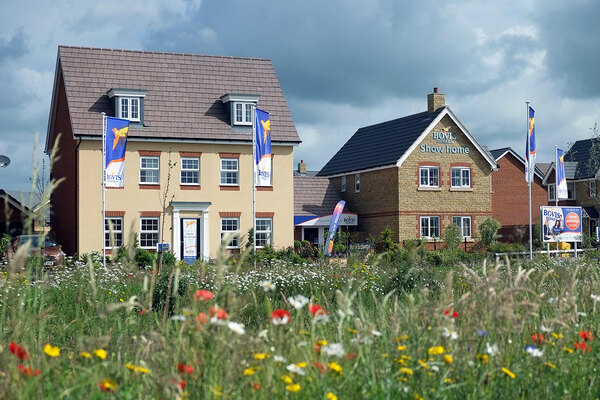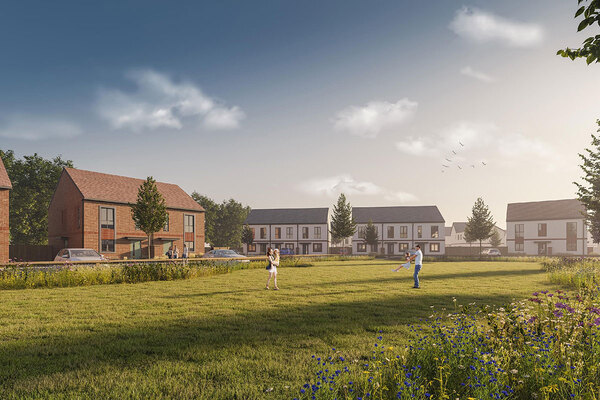You are viewing 1 of your 1 free articles
Factory outlet: are prefabs the answer to the supply crisis?
As consortia in the north west and the Midlands assemble supply chains for off-site prefabricated homes, Pete Apps considers whether this is a solution to the supply crisis
‘A while ago we went to see some off-site stuff done by New Charter,’ recalls Mark Patchitt, director of regeneration at Riverside.
‘It was one of the wettest days of the year and nothing was getting done on traditional sites. But we saw eight joiners and eight electricians descend on the site and put the structure together in a matter of a few hours. It was like watching a car assembly plant.’
The idea that homes could be built in factories before being delivered to a site, and assembled to save time and money, is not new.
In Catford, south London, Lewisham Council has begun to tear down prefabricated homes built in the 1940s - and the off-site concept has resurfaced on various occasions in the last 60 years as a potential solution to Britain’s need for new homes.
But in the last few months momentum has been growing behind the idea that off-site production could be an important factor in meeting the UK’s mounting housing need.
As revealed by Inside Housing last week, in the north west, a consortium of 40 landlords is pulling together plans to build an assembly plant for new homes, while other groups across the country are busy setting up chains of suppliers capable of delivering manufactured homes.
‘I think we are seeing an aligning of the planets: a succession of things coming together all at the same time to make it work,’ says Dennis Seal, founder of off-site construction consultancy DLS Strategic.
One of these ‘planets’ is the increasing difficulty and cost of building on site.
‘During the recession a huge number of skilled people left the building industry,’ says Ashley Lane, partnerships director at Persimmon, which has had an off-site production factory since 2001.
This shortage of skilled labour has caused a rapid escalation in costs. At the same time, shortages of raw materials - again an effect of the slump in building during the recession - have driven up costs.
‘You only have to look at an edition of Inside Housing to know there are difficulties getting things like bricks, blocks and raw materials while the costs of skilled labour is soaring,’ says Pete Smith, managing director of procurement consortium Efficiency East Midlands.
‘All three political parties are targeting massive numbers of house building but there are not enough people and material to do it, so they need to look at alternative ways.’
Quality control
The increased costs come at a time when social landlords are under pressure to meet exacting building and environmental standards. This is a problem that could be solved through factory building.
‘You need precision engineering to achieve some of these standards. It is very difficult to do on site, but it’s actually relatively straightforward in a factory setting,’ adds Mr Patchitt.
A further incentive comes from the Homes and Communities Agency (HCA), which made it clear this summer that bids that propose to use modern construction methods, such as factory building, will receive priority for grant funding in the 2015/18 affordable homes programme.
Meanwhile, some of the problems which have held off-site construction back from resurgence in the past are being addressed.
For instance, previously the stigma surrounding prebuilt homes has made some developers, including housing associations, reluctant to get involved, explains Mr Seal.
Now a new industry accreditation, the Build Offsite Property Assurance Scheme (BOPAS), which launched last year, is designed to provide sceptical buyers with an assurance that the homes are up to scratch.
‘BOPAS answers a lot of the questions people tend to have about the quality and fabric of the structure, which have been hanging around for 60 years,’ adds Mr Seal.
And with modern technology, factory-built homes come out looking far more attractive than the flimsy-looking structures of the 1940s.
Scale model
Alongside concerns about quality, there has been a longstanding belief in the industry that the price of off-site manufacture is too high. Essentially, the set-up costs associated with building off-site are prohibitive, unless asufficient volume of homes is reached to bring the economies of scale it delivers into play.
‘The problem has been that [to date], the most economical way of delivering housing has been through the traditional route,’ adds Mr Seal.
‘Historically off-site has been more expensive, but if you can create the demand for it universally across the country, you would expect the costs to come down to a point where they can compete with, if not beat, traditional methods.’
To this end, some associations are clubbing together to put together big enough orders to make it cost effective.
‘A lot of this manufacture needs a big order for it to make sense. The companies that set up the factories need to know they have volume and continuity to make it a worthwhile venture,’ says Mr Patchitt.
‘So we’ve got together an informal off-site manufacturing club to see if we can get together an order of at least 500 homes.’
The club, which includes Manchester Council and JV North, a development consortium of 12 landlords, hopes to have its order in place by next summer.
At the same time, East Midlands Procurement is preparing a supply chain that would allow its 50 Midlands-based members to order off-site homes.
‘We are finally reaching that tipping point where off-site is becoming both sensible and cost effective,’ Mr Patchitt says.
Moving into this field would throw up other challenges for housing associations to overcome, though. Maggi Howard, director of assets at Liverpool Mutual Homes, says: ‘We do need to think about the cost of repairs given that these homes will be with us for 60 years.
‘When you build from brick and plaster, you know you can repair it with brick and plaster. But would repairing a prefabricated house mean taking a whole pod off and replacing it?’
Despite these concerns, she says Liverpool Mutual Homes plans to build 20% of its future developments off-site - a figure that could well rise.
With this ambition expressed by many others across the sector in the face of the mounting housing crisis, it finally seems that, after decades of talk, there could be a genuine resurgence in off-site production.


